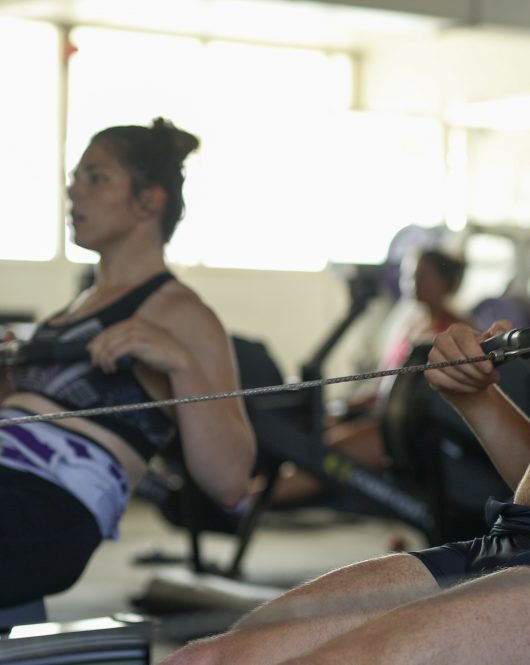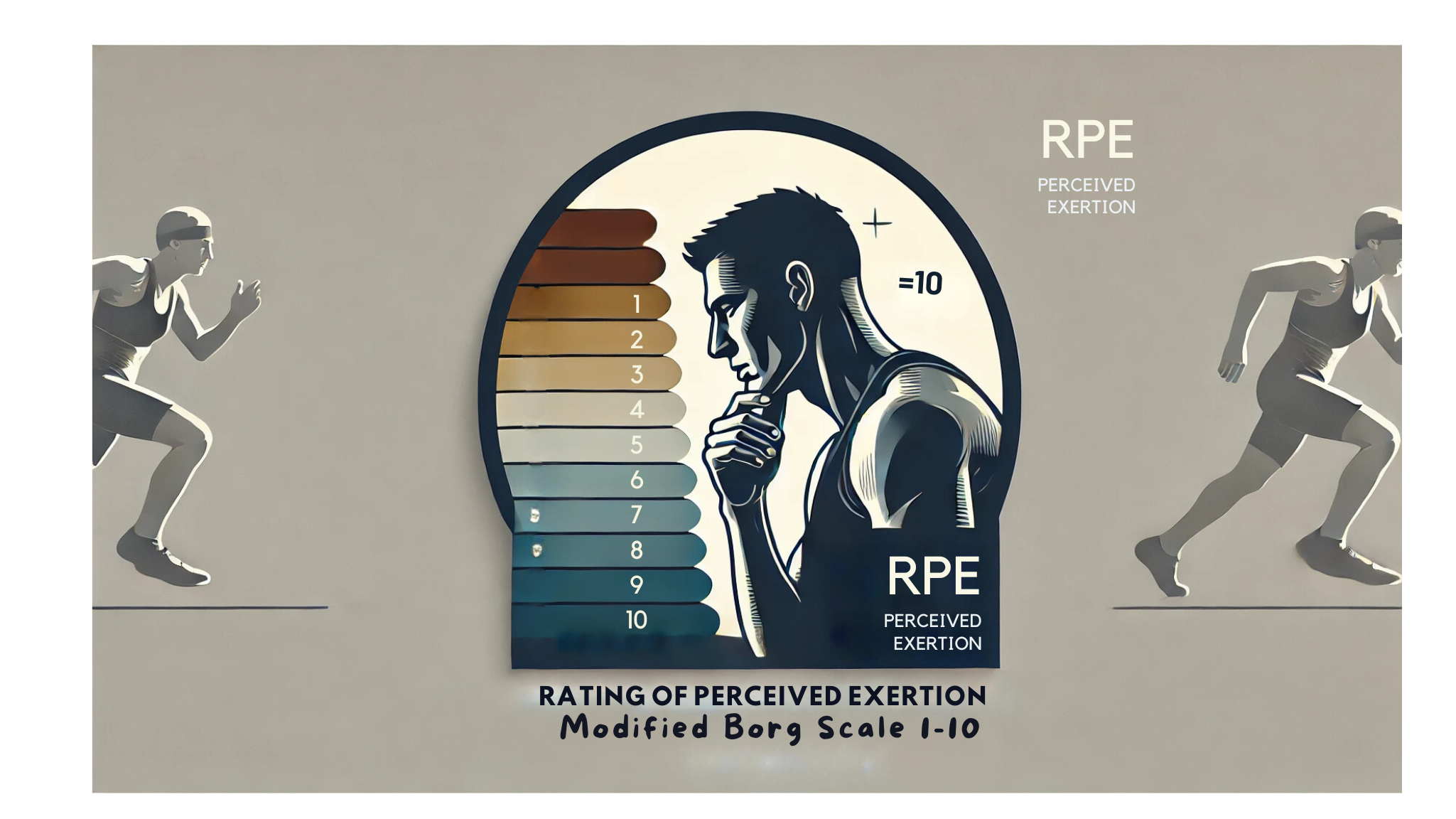Have you ever finished a workout and thought, “Wow, that was really hard!” or “That was easier than I expected”? That feeling—whether the workout was tough, moderate, or easy—is at the core of something called RPE, or Rating of Perceived Exertion. RPE is a simple way to measure how hard you’re working based on how you feel during the workout.
Where Did RPE Come From?
The concept of RPE was created by a Swedish researcher named Dr. Gunnar Borg in the 1960s. He wanted a way for people to describe how hard their bodies were working during exercise, even if they didn’t have access to heart rate monitors or other data. Originally, the RPE scale was from 6 to 20, but today, most people use a simpler 1-10 scale.
RPE has become a popular way to track training intensity, especially in endurance sports like running, cycling, and swimming. It allows athletes to measure intensity based on how they feel, which can be just as important as heart rate or pace.
Why is RPE Useful for Endurance Athletes?
1. It’s Easy to Use and Doesn’t Require Technology
One of the best things about RPE is that you don’t need any equipment to use it—just your own awareness of how you’re feeling. This makes it ideal for people who may not have access to a heart rate monitor, smartwatch, or power meter. All you need to do is check in with yourself during or after a workout and rate the effort.
2. It Helps You Listen to Your Body
RPE encourages athletes to “listen to their body,” which means paying attention to physical sensations like breathing, muscle fatigue, and how tired you feel. Because every day can feel different (some days are easier, some are harder), RPE lets you adjust your effort based on how you feel, rather than forcing a certain pace or power.
For example, if you’re supposed to run at a moderate pace (an RPE of 5 or 6), you may naturally slow down on a hot day or speed up on a cool day. RPE allows you to adjust for these changes so that you’re still working at the right intensity.
3. It Works Well with Other Training Metrics
RPE can also be combined with other data, like heart rate or pace, to give you a fuller picture of your workout. Many endurance athletes track both RPE and heart rate to make sure their perceived effort matches their body’s response. If you’re training without technology, though, RPE alone is still a great tool to keep your workouts on track.
How to Use RPE in Your Training Plan
Using RPE in training is easy once you know what each level feels like. Here’s a quick guide to RPE levels and examples of how they might look in a workout.
RPE Level Effort Description Example Activity
1-2 Very light Walking slowly, stretching
3-4 Light, easy pace Easy jogging, warm-up
5-6 Moderate, can still talk Steady run, moderate cycling
7-8 Hard, breathing heavily Tempo run, threshold intervals
9 Very hard Short sprints, hill sprints
10 Maximum effort All-out sprint, final push
Let’s say your training plan calls for a tempo run (a moderate but challenging run). You could aim for an RPE of 7-8. This means you’ll be working hard, but you’re not at your absolute limit. Or if you’re doing an easy recovery run, aim for an RPE of 3-4, where you’re moving comfortably and could hold a conversation.
Limitations of RPE: When It Might Not Be Enough
While RPE is a fantastic tool, it’s important to understand that it has some limitations. Since RPE is based on your perception, it can vary based on factors like:
•Sleep: Lack of sleep can make workouts feel harder.
•Weather: Heat, humidity, or even altitude can affect perceived effort.
•Mood or Stress: Emotional state can influence how hard or easy a workout feels.
For this reason, many athletes use RPE along with other metrics, such as heart rate or pace, for a more complete picture. Over time, you’ll get better at matching your RPE with your body’s actual performance, but it can take practice and consistency.
Practical Tips for Using RPE in Training
- Start Small: Begin by rating your RPE after each workout. Over time, you’ll get a better feel for what each level of RPE feels like for you.
- Log Your RPE: Keep track of RPE in a training log along with other notes about how you felt. This will help you spot patterns and understand how different factors impact your workouts.
- Adjust Your Training Based on RPE: If you’re feeling more fatigued than usual, adjust your training by aiming for a lower RPE. Likewise, if you’re feeling great, you may be able to handle a slightly higher RPE for that session.
- Use RPE with Your Coach or Training Plan: If you’re working with a coach or following a specific training plan, use RPE to gauge how close you are to the intended intensity. Many plans will even suggest target RPE levels for workouts, like “Do this workout at an RPE of 5-6.”
Why RPE is a Valuable Tool for Endurance Athletes
To wrap up, RPE is a powerful yet simple tool that helps athletes measure how hard they’re working based on their own perception of effort. It’s:
•Easy to use and doesn’t require technology.
•Great for helping athletes listen to their bodies and make daily adjustments.
•Useful on its own or alongside other metrics like heart rate or pace.
By incorporating RPE into your training, you can start tuning into your body’s natural signals, which is an essential skill for endurance sports and fitness in general.
Try RPE in Your Next Workout
Give RPE a try in your next workout! Aim to rate your effort on a 1-10 scale and note how it felt afterward. Over time, you’ll develop a deeper understanding of your effort levels and be able to adjust your training more effectively.
What if I am more Serious About Tracking Training Load
Why not have a read of some of our other blogs on this topic:
- The Foster Score – Dr. Carl Foster
- Trimp – Training Impulse using Heart Rate
- Endurance Training Score – also called T2 by Dr. Tony Rice
View more content like this

Why do you Need an Indoor Rowing Training App?
Following on from the post I did last week about indoor rowing workouts, one of the of the things I find particularly exciting about working
Length, Force, Stroke rate – Which is your Strength?
Is it better to be more technical, stronger? How much more power do you need to deliver if you row shorter? Is it realistic to
Measuring Race Performance
Simply recoding the time and maybe the 500m splits is not sufficient to really understand how good a performance an individual or crew has delivered. Until


